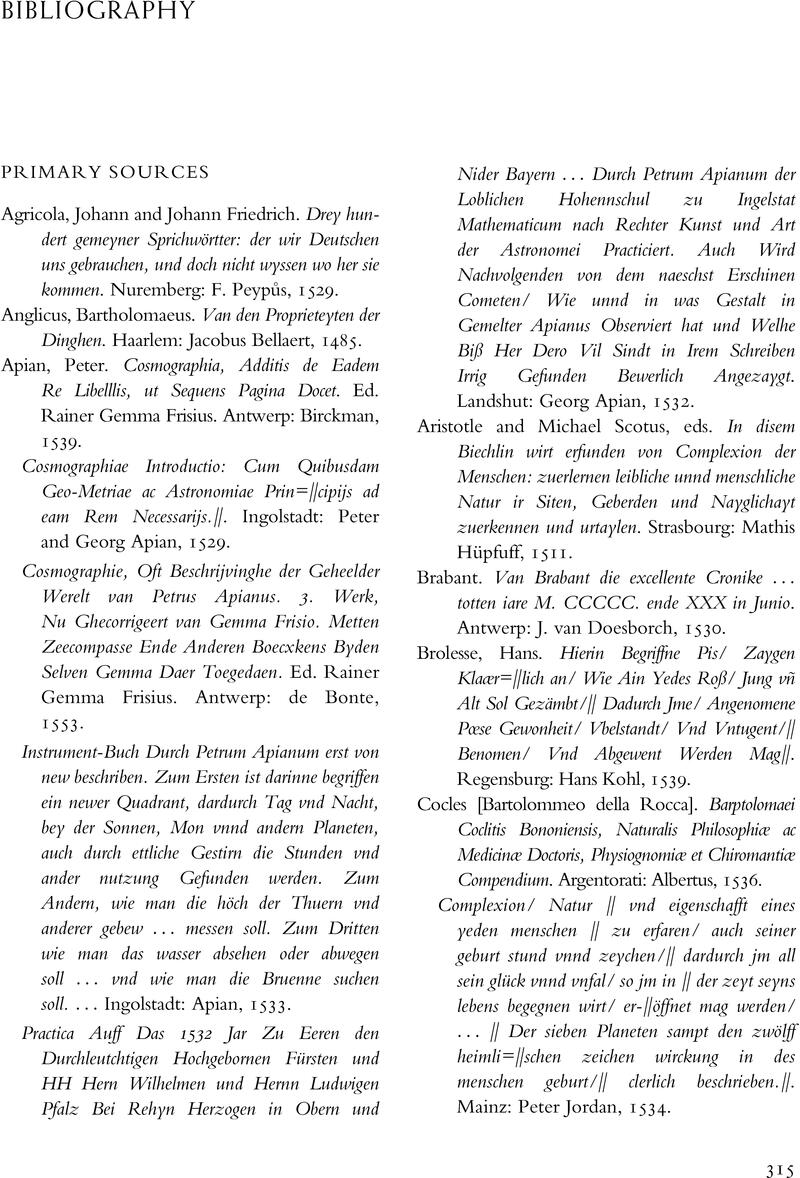Book contents
Bibliography
Published online by Cambridge University Press: 14 March 2024
Summary

- Type
- Chapter
- Information
- Early Modern Print Media and the Art of ObservationTraining the Literate Eye, pp. 315 - 336Publisher: Cambridge University PressPrint publication year: 2024



